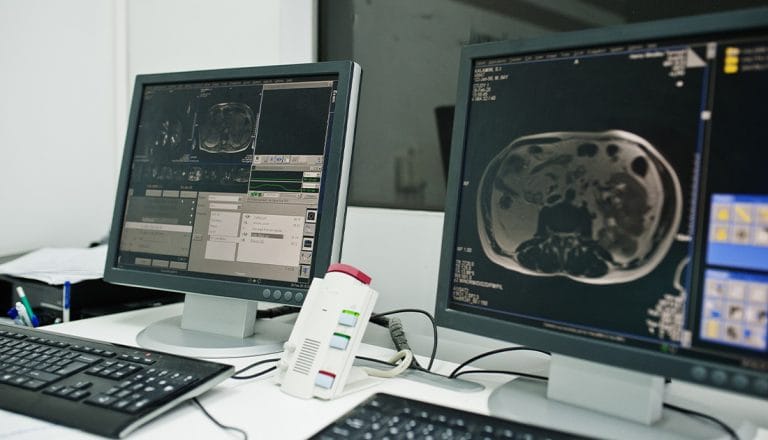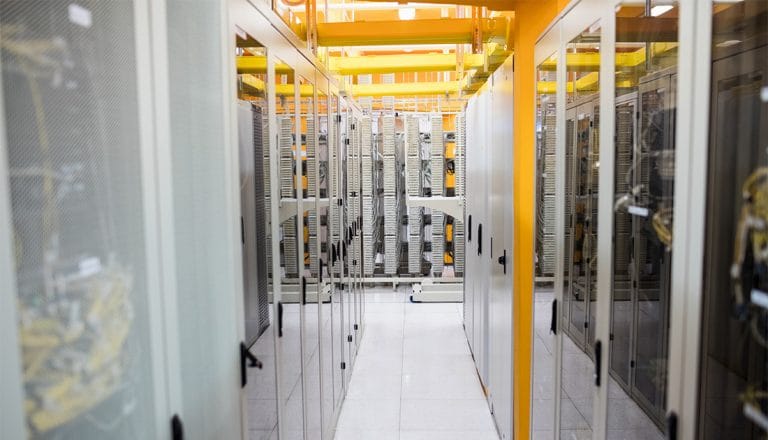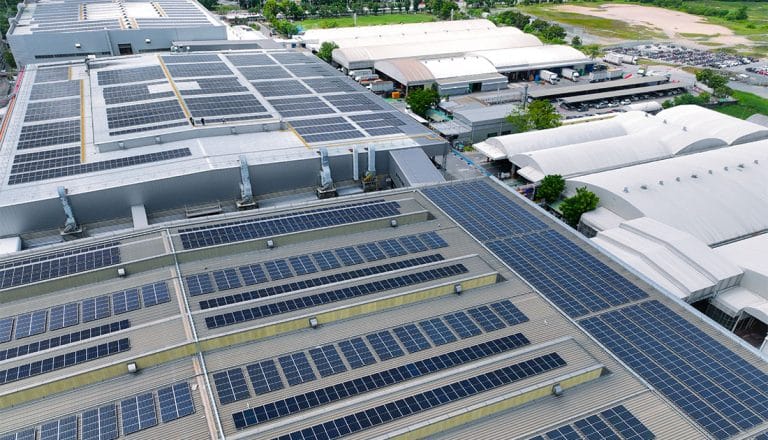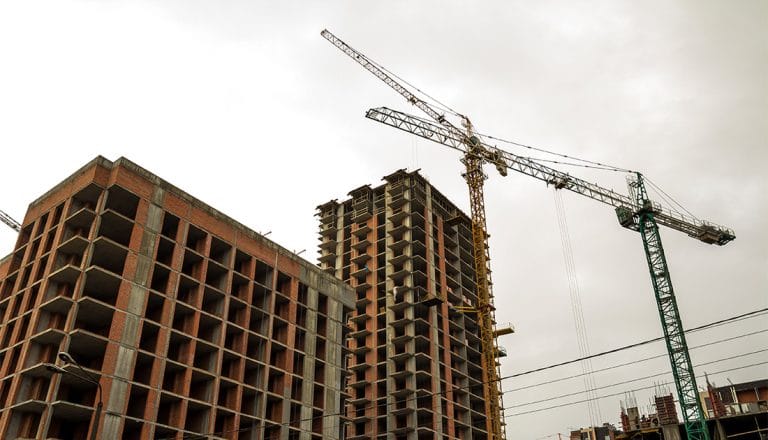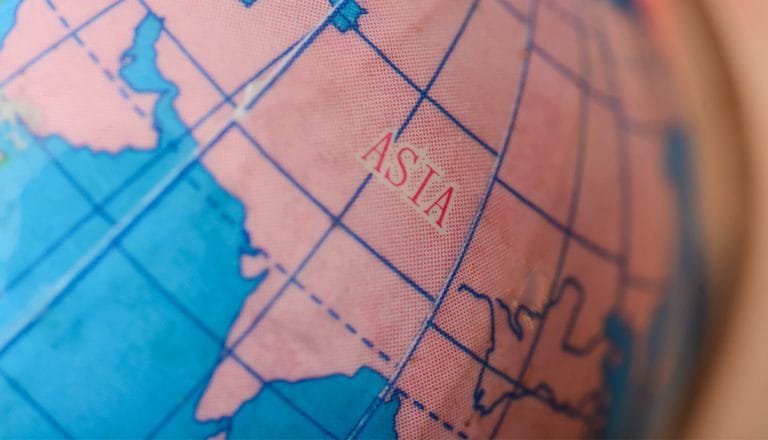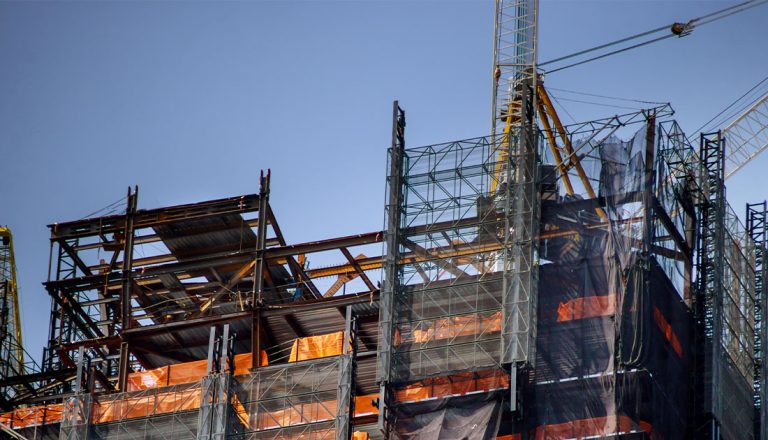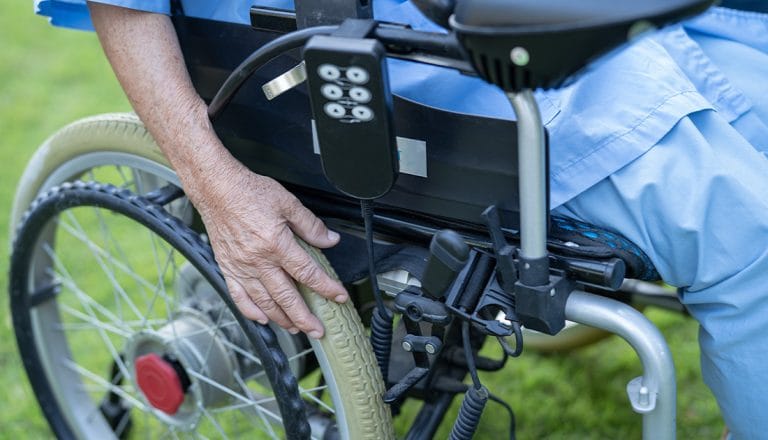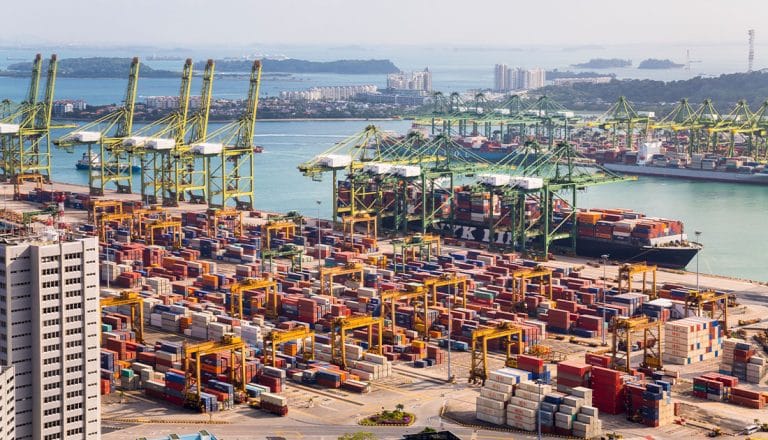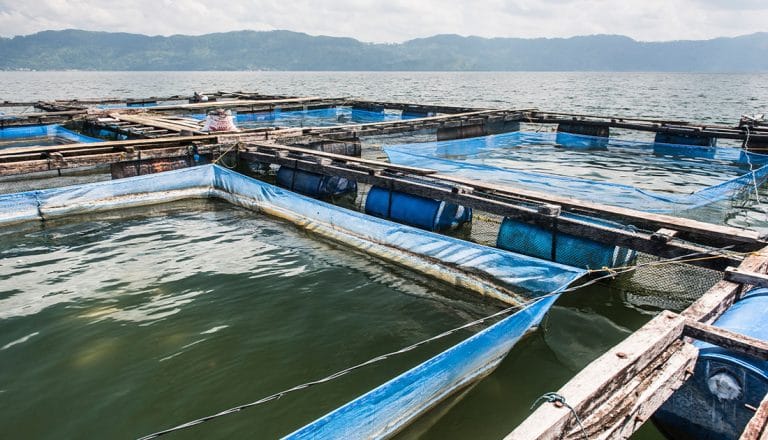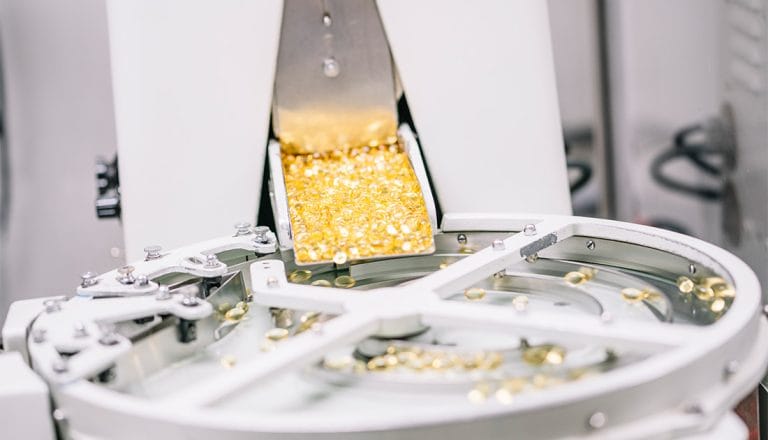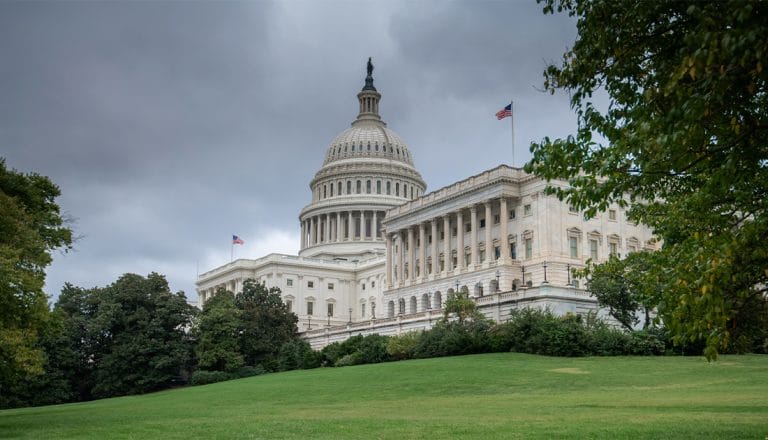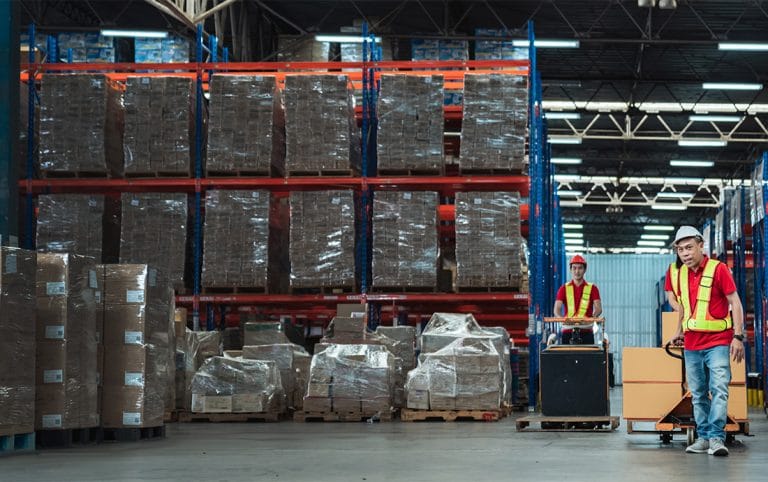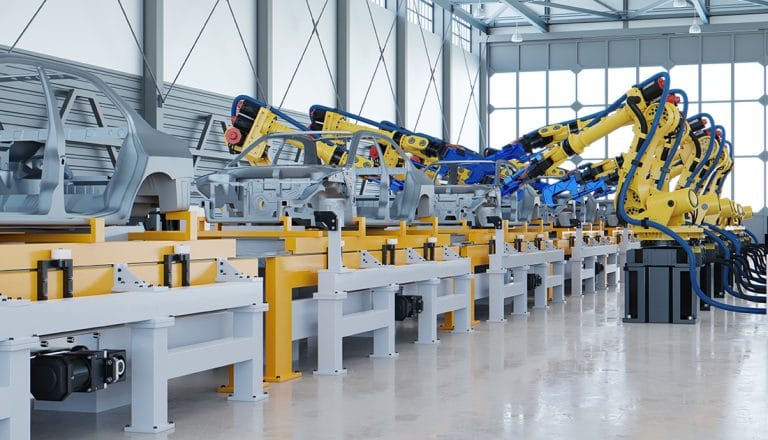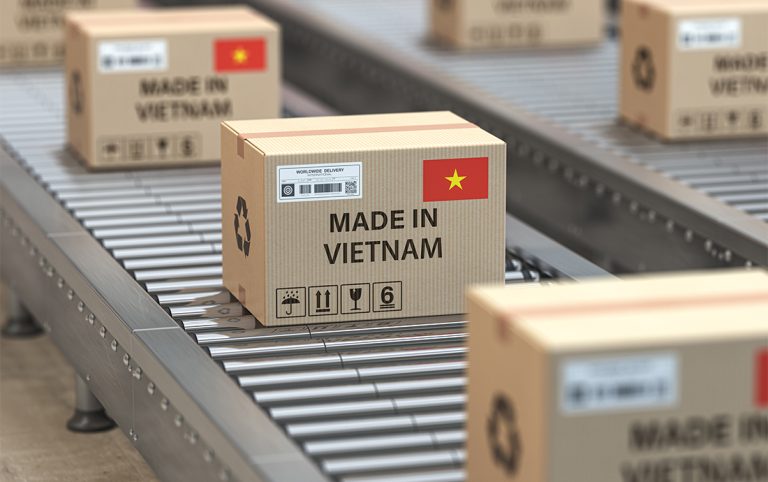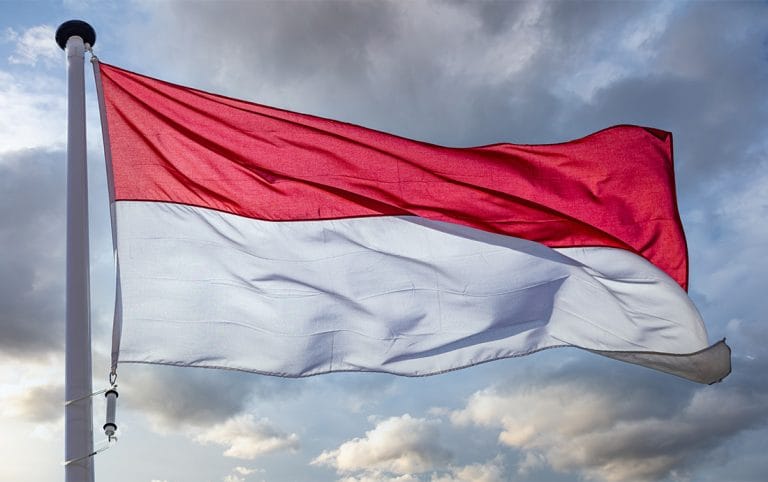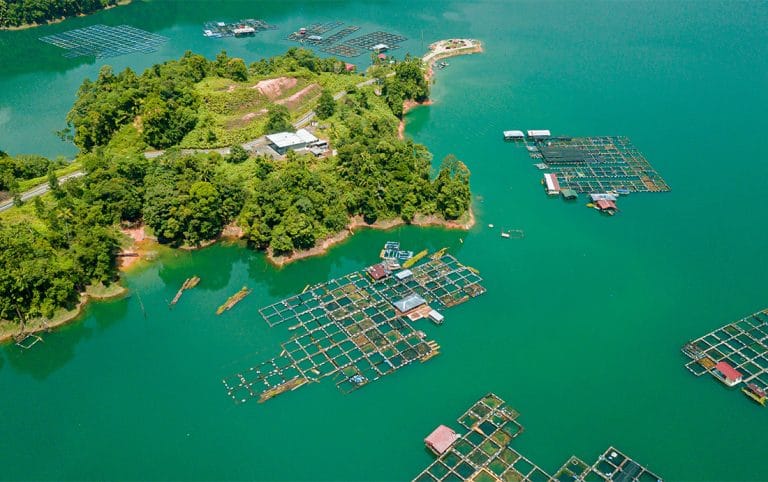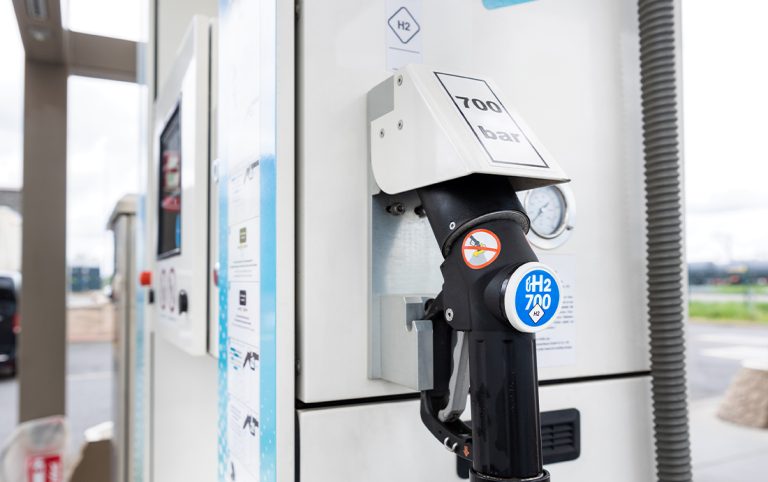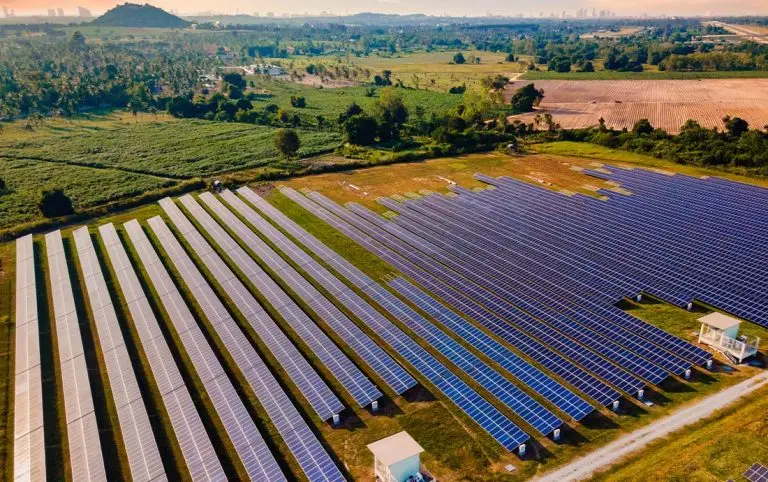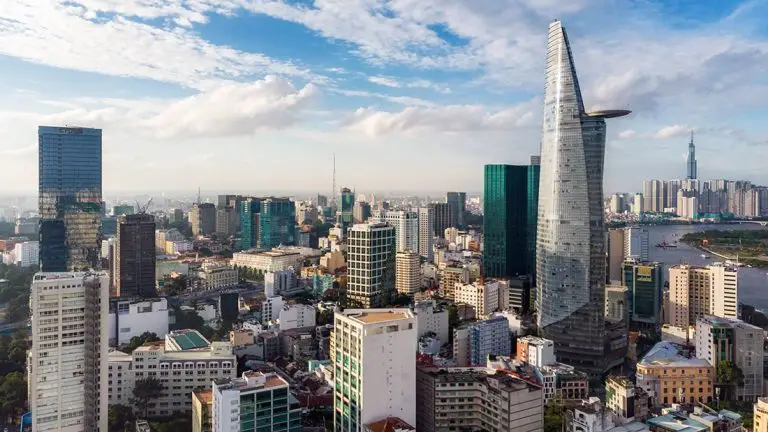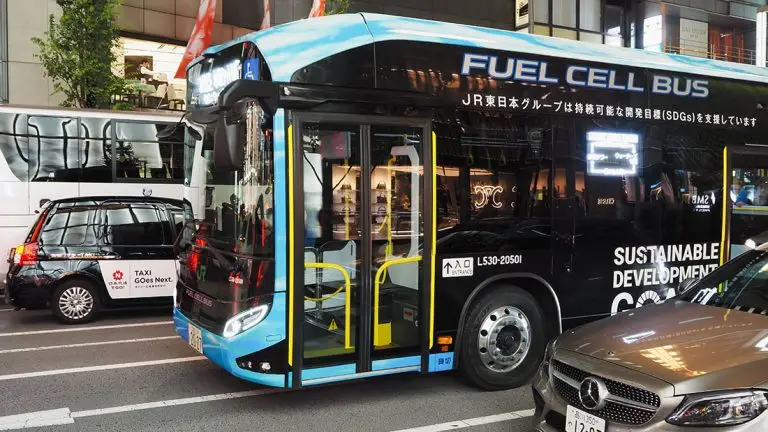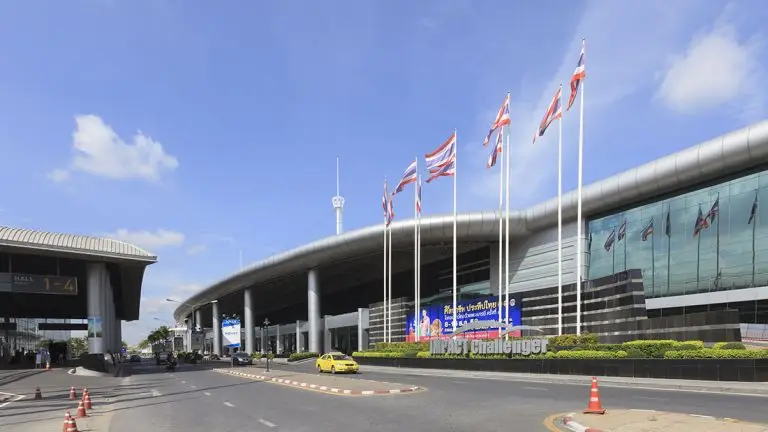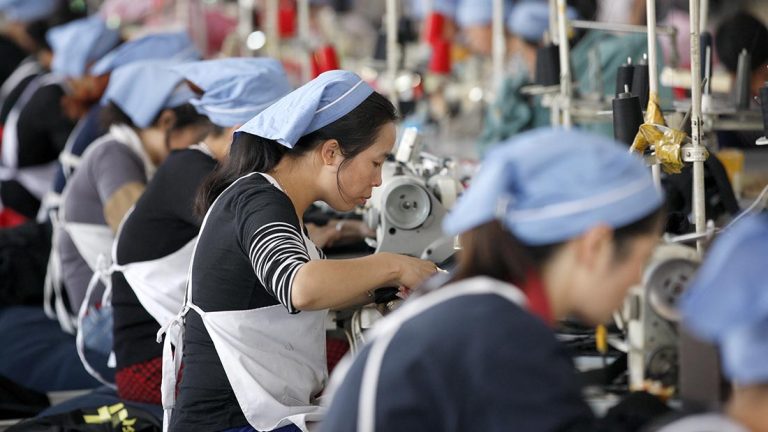- There will be nearly 1.3 billion individuals over the age of 60 in the Asia Pacific region by 2050
- The silver economy market value in Asia is expected to surpass USD4 trillion this year
- Senior-focused healthcare, pharmaceutical and medical devices, real estate, and fintech solutions are among the in-demand sectors
Aging populations in Asia are creating investment opportunities in the silver economy for overseas companies. Interestingly, this covers several different fields. Some, such as healthcare and medical devices, are to be expected. Others, including fintech, may not be top of mind but are interesting, nonetheless. Asian Insiders Managing Partner Jari Hietala shares insights on what makes Asia’s silver economy a promising sector for foreign investors.
There have been plenty of stories about the aging societies of Japan, South Korea, China, and Thailand, as well as the challenges this has brought on. However, the issue is not simply limited to these locations. The number of individuals over the age of 60 is rapidly increasing across Asia.
According to the Asia Development Bank, the demographic is expected to triple between 2010 and 2050 when the number of older persons across the region will near 1.3 billion. That would mean one out of every four individuals would be 60 or older.
Given the size and unique needs of the group, new economic opportunities are opening up. The Asia-Pacific region is home to the fastest growing silver economy globally with the market value expected to surpass USD4 trillion in 2025. Projections for the sector see a compound annual growth rate of seven percent through 2032 as a realistic possibility.
The challenge of aging populations in Asia is that many countries don’t have the resources and skills to handle this influx. Europe and North America boast a more developed silver economy and specialise in elderly care and age-friendly housing solutions among other sectors.
It should be pointed out that some local players are reluctant to become involved in silver economy activities for various reasons, including a lack of sector expertise. This means local partnerships, in addition to wholly owned entities, are a few of the options for overseas companies with proven solutions.
Asia investment opportunities
The aging population of Asia has created a breadth of investment opportunities with many countries actively engaging overseas firms that specialise in silver solutions. Here is a brief overview of what is required.
Healthcare – Advancements in silver economy-related healthcare are being made across Asia, although opportunities for foreign investment remain. Elderly care is a priority area while telehealth is increasingly being utilised.
Pharmaceuticals and medical devices – Countries are looking to scale production capabilities for pharmaceuticals and medical devices as they prepare for growing aging populations. There is a desire to lessen the need for costly imports of specialised or more complex products utilised in elderly care. Strong demand for technologically advanced products, such as in-home monitoring, exists in several markets.
Real estate – Property developments tailored for those over 60 are growing in demand throughout Asia. Nursing homes are the most common type of real estate. Recently, there has been rising interest in silver communities, a modern adaptation of senior living.
Opportunities in real estate for overseas companies vary quite a bit due to local regulations. In some markets, a joint venture with a local developer to build a facility is possible. Elsewhere, foreign entities may only be able to offer branding, skills training, or management services.
Fintech – A pressing need for silver fintech solutions has highlighted how tech players keep ignoring an underserved market segment. Many individuals in this demographic are comfortable using technology and have a preference for financial products and services provided through a smartphone or computer. Fintech firms will find a wide range of opportunities across the region.
Where does Asia need investment in the silver economy?
The key here is matching foreign companies to where their products, services, or expertise are most needed. While the aging population is increasing rapidly in Asia, each market has different needs at the moment.
China
The Chinese Research Centre for Aging reported the country’s silver economy was worth more than USD900 billion in 2023. This figure could surpass USD2 trillion in 2030 and reach USD4 trillion by 2035.
Silver economy opportunities in the country are open to foreign organisations. Brookdale Senior Living and Orpea Group are a few of the overseas outfits active in China’s senior living facilities sector. There are also a number of international firms present in the medical device industry.
Japan
Japan’s super aging society continues to create investment opportunities with innovation being highly desirable. From a healthcare standpoint, firms with high-performing monitoring devices and preventative care tools can find success. Advanced mobility equipment featuring smart technology is also desirable.
South Korea
According to analysts’ estimates, the South Korean silver economy could reach USD120 billion in value by 2030. The sector has been relatively slow to develop when compared to other Asian countries. Chinese pharmaceutical and medical device companies focused on the senior segment have become active here in recent years. Ultimately though, the market is only scratching the surface.
Indonesia
Statistic Indonesia’s (BPS) National Socioeconomic Survey found that Indonesia had more than 29 million individuals over 60 at the end of last year. This number is projected to skyrocket to 74 million by 2050. There has been some desire to get ahead of planning with the government noting the silver economy could stimulate growth in many sectors.
Improving health services for elderly patients is a priority, especially considering the country’s universal healthcare scheme has reached 90 percent coverage. It has also created a greater demand for devices and pharmaceuticals used to treat patients in this segment. A growing need for senior housing developments is another area with potential given the country’s future demographic shift.
Thailand
Thailand experienced a rapid shift from an aging society to being an aged society. All the above-mentioned silver economy opportunities are available in the country, along with a few not mentioned, most notably medical tourism. The Thai government continues to court high-income retirees and their families. This group tends to prefer international brands they know and trust. Age-focused foods and lifestyle products are becoming more popular among consumers in the country as well.
Final thoughts
There are many challenges to consider before investing in Asia’s silver economy. First, the demographic is diverse and not just by country. Within the group, various age segments may have different preferences. That is something not present when looking at population figures alone.
Second, each country has restrictions on what types of investments overseas firms can make or how much they can control of an entity. In some cases, a local partner may be required for market entrance or may offer a smoother route to do so.
Finally, affordability is a significant concern. If silver economy products or services do not match the financial capabilities of the local market, it can be difficult to gain a foothold.
Working with a market entry specialist, such as Asian Insiders, is the best way to avoid these challenges before you decide to make a move or expand. Our team of in-country experts conduct market research, explain all available options, assess potential partners, and ensure you’re in the best possible position to win in Asia.
The aging population of Asia is creating investment opportunities in the silver economy for overseas companies. To learn more, schedule a no-obligation call with Jari Hietala, Managing Partner: jari.Hietala (at)asianinsiders.com














